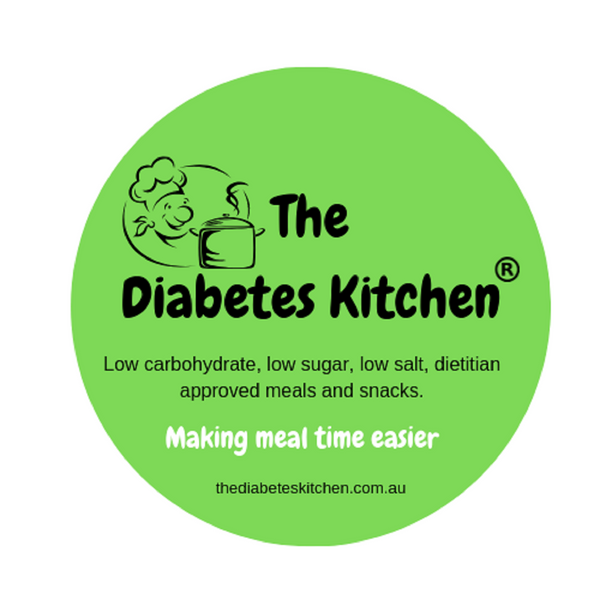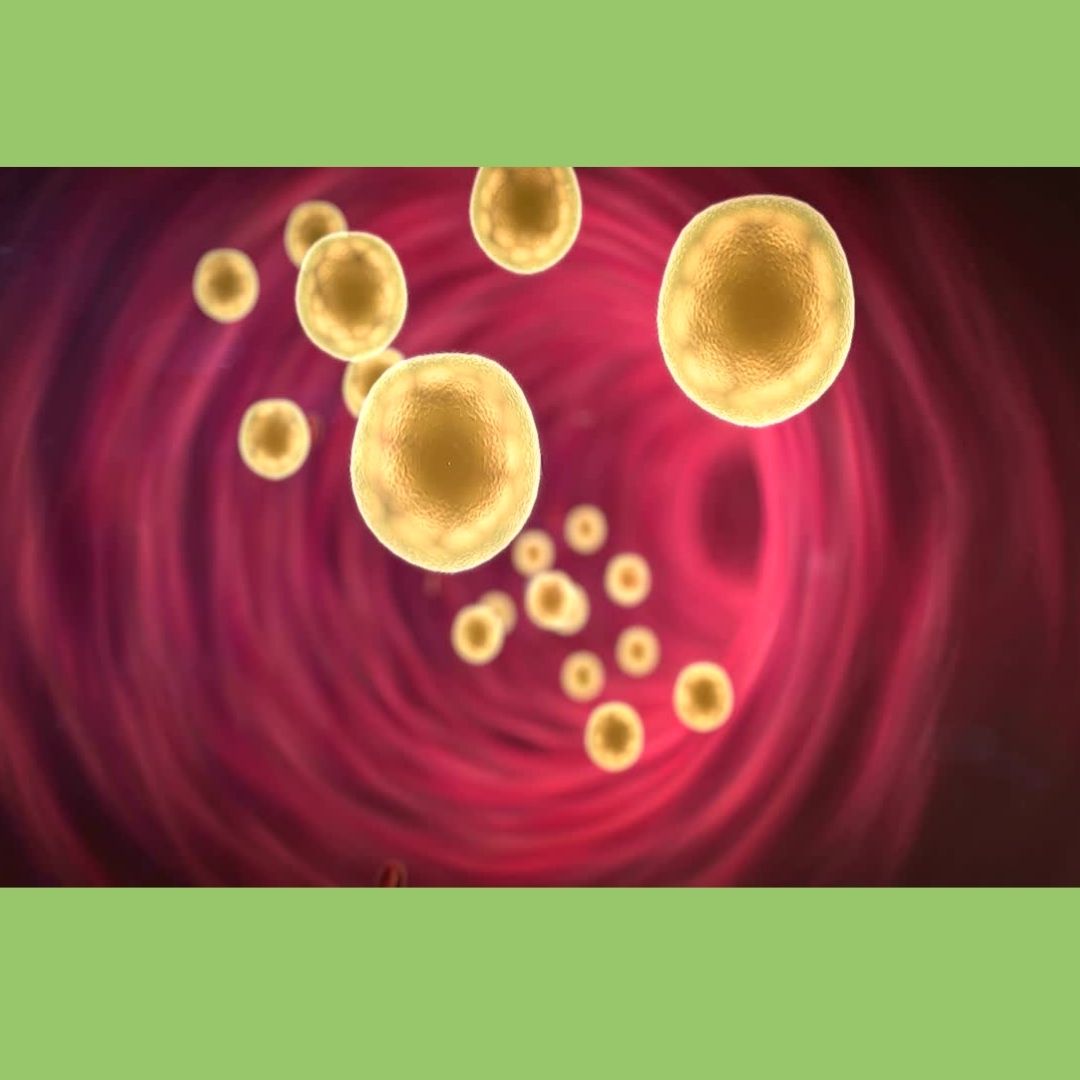The interconnection between diabetes and cholesterol levels is substantial, as their reciprocal effects substantially elevate the susceptibility to cardiovascular diseases. Diabetics, specifically those diagnosed with Type 2 diabetes, frequently encounter a medical condition referred to as diabetic dyslipidemia. This medical condition is distinguished by an adverse lipid profile, which includes reduced HDL-C ("good" cholesterol) levels and increased LDL-C ("bad" cholesterol") and triglyceride levels. A lipid profile of this nature is associated with an increased likelihood of developing cardiovascular disease and stroke (TheDiabetesCouncil.com, www.heart.org).
Comprehending the Profile of Lipids:
Low-density lipoprotein cholesterol (LDL-C) is frequently labeled "bad" cholesterol due to the fact that elevated concentrations can create atherosclerosis in the arteries, which ultimately results in cardiovascular disease.
High-density lipoprotein cholesterol (HDL-C) is referred to as "good" cholesterol due to its role in the elimination of other types of cholesterol from the circulatory system.
High levels of triglycerides, the most prevalent form of fat in the body, can elevate the risk of cardiovascular disease, particularly when combined with low HDL-C or high LDL-C levels.
Effects of diabetes on lipid levels:
Diabetes, especially in its uncontrolled form, has a tendency to increase triglyceride and LDL-C levels while decreasing HDL-C levels, thereby heightening the risk of cardiovascular complications. This situation is frequently referred to as diabetic dyslipidemia, which is a perilous comorbidity that increases the likelihood of developing coronary heart disease and atherosclerosis—diseases that may manifest prior to the official diagnosis of diabetes (www.heart.org).
The effective management of cholesterol levels in individuals with diabetes necessitates the implementation of a holistic strategy. Fundamental adjustments in lifestyle include the adoption of a heart-healthy diet, increased physical activity, and cessation of smoking. Dietary recommendations encompass the following: restrict red meat consumption, opt for low-fat dairy or dairy substitutes, augment omega-3 fatty acid-rich salmon, nuts, and seeds, and integrate a greater quantity of fresh fruits, vegetables, and whole grains into meal plans (TheDiabetesCouncil.com).
It may be necessary to supplement lifestyle modifications with medication in order to attain the desired levels of cholesterol. Prescribed frequently, statins reduce LDL-C levels, increase HDL-C, and marginally decrease triglyceride levels. Nevertheless, it is critical to maintain an understanding of possible adverse effects and to consult a healthcare professional about them, particularly when contemplating the intricate interplay between diabetes management and cholesterol control (TheDiabetesCouncil.com).
As a result of the critical nature of cholesterol management in the context of diabetes, the risk of cardiovascular disease must be significantly reduced. This includes a proactive approach to nutrition, physical activity, and medication when necessary. Achieving a healthier overall profile necessitates close collaboration with healthcare professionals in order to develop a customized plan that encompasses both blood sugar and lipid levels (TheDiabetesCouncil.com, www.heart.org).
High Cholesterol Foods to Avoid.
- Full-fat dairy products such as whole milk, butter, and full-fat yogurt and cheese. Opt for low-fat or non-fat dairy options instead (Cleveland Clinic).
- Red and processed meats including steak, beef roast, pork chops, ground beef, bacon, sausage, and hot dogs. Leaner cuts of meat or plant-based protein sources are healthier alternatives (Cleveland Clinic) (Eat This Not That).
- Fried foods and baked goods high in saturated fats and trans fats, such as fried chicken, French fries, cookies, and cakes. Baking at home allows you to control the ingredients and reduce unhealthy fats (Cleveland Clinic).
Specific Foods to Avoid
- Coconut oil and palm oil, known for their high saturated fat content, should be used minimally (Eat This Not That).
- Refined carbohydrates like white bread, as they lack the beneficial fibers found in whole grains (Eat This Not That).
- Certain frozen pizzas that may contain trans fats, harmful to your cholesterol levels.
- Foods with certain artificial sweeteners, as their consumption has been linked to negative health outcomes including a higher risk of cardiovascular events.
Healthier Alternatives and Considerations
- Incorporate more whole grains, fruits, vegetables, and lean proteins into your diet. These can help manage cholesterol levels effectively.
- Extra virgin olive oil can be a healthier cooking fat choice, offering beneficial monounsaturated fats.
- It's not just about avoiding certain foods but also about balancing your diet with nutrient-rich foods that support heart health.
Remember, moderation is key. Completely eliminating all foods high in cholesterol isn't necessary for most people, but focusing on making healthier choices most of the time is crucial. Consulting with a healthcare provider or a dietitian can provide personalised advice tailored to your health needs and goals.

